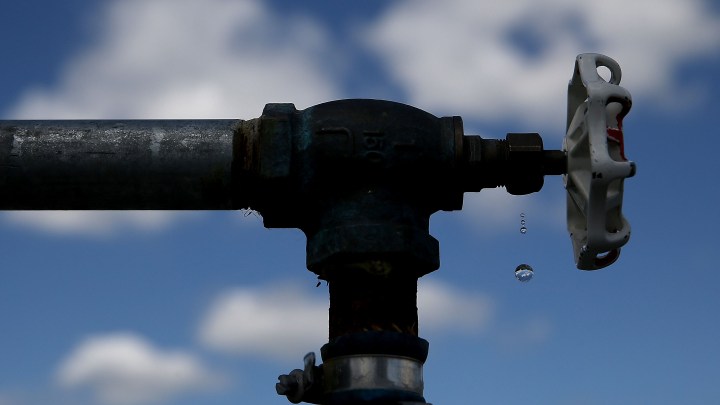
More people unable to pay utility bills, with colder months coming
More people unable to pay utility bills, with colder months coming

According to the U.S. Census bureau, one-third of adults say they face difficulty meeting their regular household expenses. As temperatures continue to drop, unemployment remains high, and additional pandemic relief aid is stalled, activists are warning about an energy crisis: a growing number of Americans who are unable to pay for utility bills like gas, heat, electricity and water.
Richard Ferreira directs community services for Catholic Charities Diocese of Trenton in New Jersey. They give money to people who can’t pay their utility bills.
He said, normally, they get about 15 calls a day, “but now we seem to be spiking to like 35 to 40 calls a day.”
When the pandemic started, New Jersey was one of 32 states that prevented people’s utilities from being disconnected. For New Jersey, it goes until March of next year.
But those bills will keep stacking up, and Ferreira worries that debt will further exacerbate the housing crisis and lead to evictions.
“Evictions — rental arrears and utility arrears go hand in hand,” he said. “Because people are moving monies, they’re robbing Peter to pay Paul. They don’t pay their rent with hopes of trying to get their utilities stabilized.”
According to the National Energy Assistance Directors’ Association, electric and gas debt is expected to be more than $24 billion by the end of this year. That’s three to four times what it was last year.
The protections against shut-offs are lifting and disconnections have already begun. Tens of thousands across the country have lost their power, which is disproportionately affecting people of color.
“As compared to white households, Hispanic households were 15 times more likely to have their household disconnected for the first time, since the beginning of the pandemic,” said Michelle Graff, who teaches energy policy at Indiana University. “And Black households were 6 times more likely.”
It’s not just about staying warm through the winter. It’s a public health issue, said Ariel Drehobl with the American Council for an Energy-Efficient Economy.
“Many people are working and learning from home, and need to wash their hands frequently, keep food and medicine cool in a refrigerator that’s running on electricity,” Drehobl said. “It’s really important that people have access to the utilities now.”
Utility companies across the country say they are offering payment plans, and the federal program that helps low-income families pay their energy bills got an extra $900 million from the CARES Act. But that was back in May, and the coldest months are still ahead.
There’s a lot happening in the world. Through it all, Marketplace is here for you.
You rely on Marketplace to break down the world’s events and tell you how it affects you in a fact-based, approachable way. We rely on your financial support to keep making that possible.
Your donation today powers the independent journalism that you rely on. For just $5/month, you can help sustain Marketplace so we can keep reporting on the things that matter to you.












